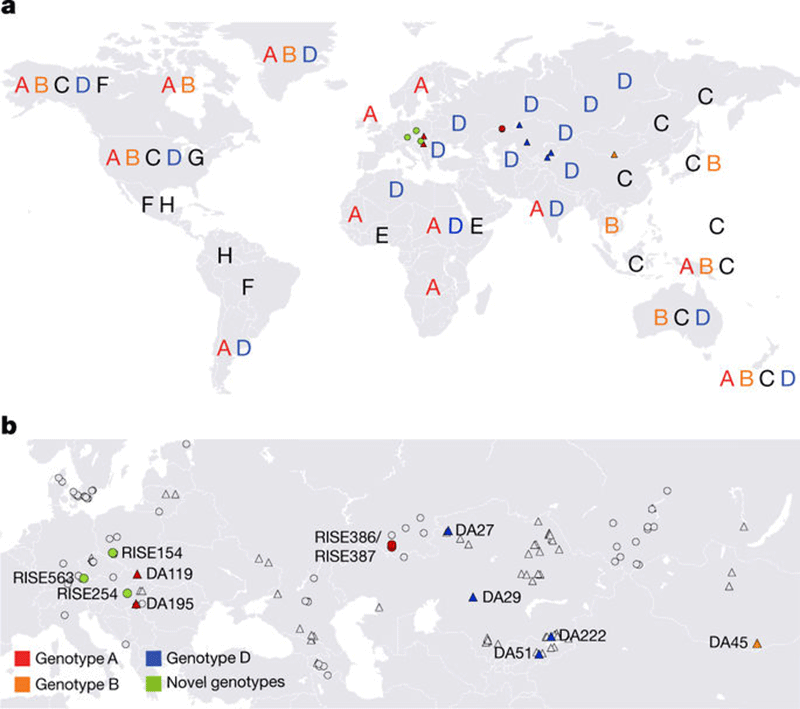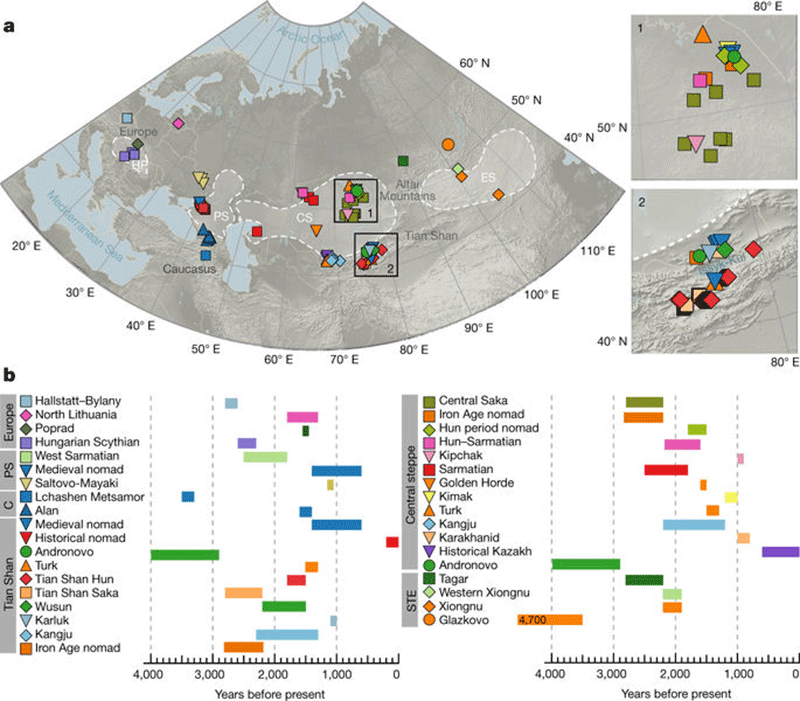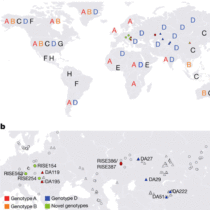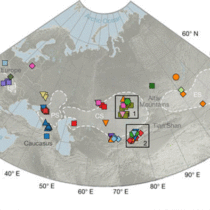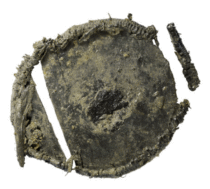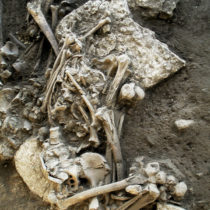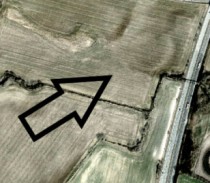Researchers have found that evidence of Hepatitis B in human DNA dates back to the Bronze Age, earlier than previously though. It seems the disease was spread in humans across Eurasia for millennia, in contrast to previous evidence dating it only 450 years back.
A team of researchers from the University of Copenhagen and the University of Cambridge led by geneticist Eske Willerslev conducted analyses on 304 individuals who lived between 7,000 and 200 years ago. The results showed that 25 of them had been infected by Hepatitis B.
What was innovative about this research was that it examined parts of the DNA which are non-human and usually scientists do not pay much attention to. This time researchers investigated this waste product, as it is called, for possible pathogens. They obtained DNA from tooth cementum and the petrous part of the temporal bones, as these bones are among the densest in the human body and more likely to include DNA within.
The group of researchers working on the subject were divided into two teams conducting two different studies. The first team sequenced the genomes of 137 humans from the Eurasian steppes. They traced the transition from a European pastoral population in the Bronze Age, to a mixed Scythian nomad, European and Siberian population in the Iron Age, to the primarily East Asian warriors that dominated under the rule of Genghis Khan.
The second study used the sequences from the first study along with those from 167 different individuals with the scope of tracing the history of Hepatitis B. They were able to recover 12 full or partial Hepatitis B genomes, some of which are extinct. Then they compared them to modern primate Hepatitis B genomes to see how the virus had evolved over the millennia.
Willerselev said that since the mutation rates of the virus have been causing a problem even today, this study will help provide a catalogue of past mutations that could come back. The study also provides an insight into the complexities in the evolution of Hepatitis B and perhaps further multidisciplinary analyses may help determine how other factors such as environment and migration might have impacted its evolution. Perhaps this will allow scientists predict how the virus could mutate in the future.
The study has also shown that it is possible to recover viral sequences from DNA humans as early as the Bronze Age, despite the age of the samples and the imperfect diagnostic tests.
The two papers have been published in Nature.
